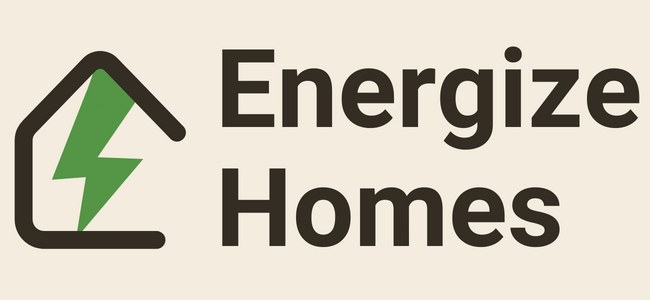How heat pumps differ from traditional heating systems
Heat pumps and traditional heating systems such as furnaces and boilers differ significantly in their operation, efficiency, and source of heat. Let’s break down these differences in multiple dimensions:
Operating Principle
- Heat Pumps: Operate based on a vapor-compression refrigeration cycle to transfer heat from one place to another. They can provide both heating and cooling.
- Traditional Systems: Furnaces burn fuel (natural gas, propane, etc.) or use electricity to produce heat. Boilers use hot water or steam for heating.
Energy Source
- Heat Pumps: Use electricity to power the vapor-compression cycle.
- Traditional Systems: Can use various energy sources such as natural gas, oil, propane, or electricity.
Coefficient of Performance (COP)
| Heat Pumps | Traditional Systems | |
|---|---|---|
| COP Range | 2.0 to 5.0 | Around 1.0 for furnaces, up to 0.95 AFUE (Annual Fuel Utilization Efficiency) for modern boilers |
Efficiency
- Heat Pumps: Generally more efficient, especially when used in milder climates. The efficiency can drop in extremely cold temperatures.
- Traditional Systems: Less efficient as they convert all the consumed energy into heat. No energy advantage in milder climates.
Scalability & Zoning
- Heat Pumps: Often easier to implement zoning systems, particularly for ductless or mini-split setups.
- Traditional Systems: Less flexibility for zoning without complex ductwork and control systems.
Capital & Operating Costs
- Heat Pumps: Higher upfront costs but usually lower operational costs due to higher efficiency.
- Traditional Systems: Lower upfront costs but higher operational costs, particularly for those using fossil fuels.
Carbon Footprint
- Heat Pumps: Lower carbon footprint when powered by renewable energy sources.
- Traditional Systems: Typically higher carbon footprint due to combustion of fossil fuels, unless using biofuels or electric versions powered by renewables.
Seasonal Versatility
- Heat Pumps: Can act as both heaters and air conditioners.
- Traditional Systems: Typically one-trick ponies, specialized in either heating or cooling, requiring a separate system for the other function.
Complexity & Maintenance
- Heat Pumps: Generally require more sophisticated controls and may require specialized technician skills for repair.
- Traditional Systems: Often simpler, less electronic components, easier to repair but might require regular fuel delivery for non-electric types.
In summary, heat pumps offer an energy-efficient alternative to traditional heating systems but come with higher upfront costs and operational complexity. They excel in moderate climates but may require supplementary heat sources in colder regions. Traditional systems are less efficient but are simpler and more effective in extreme cold conditions.
